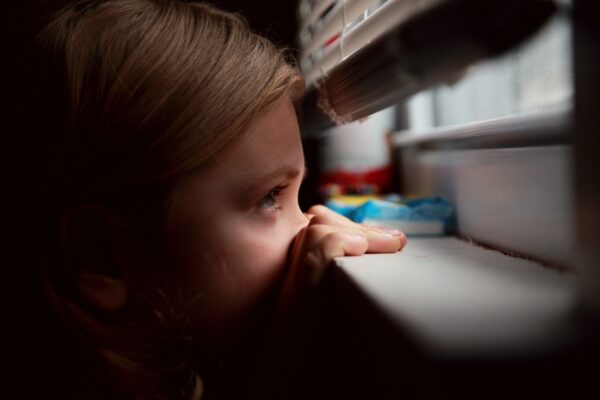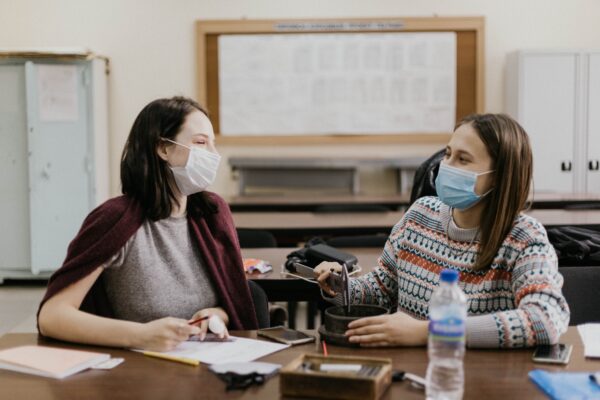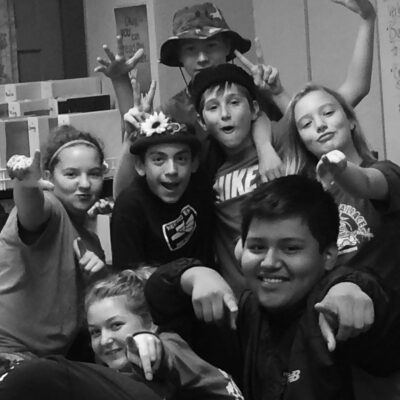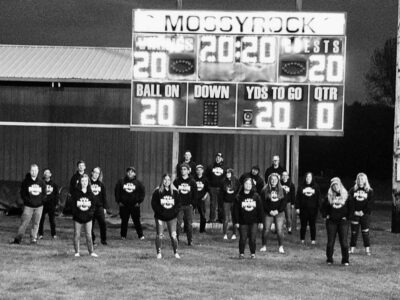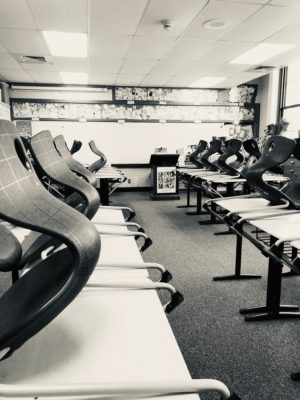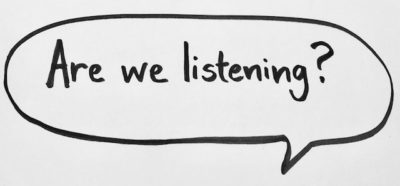In a Vox article giving reasons why kids are anxious, one significant reason was, “The constant pressure to optimize their futures.”
I admit, I’ve talked college with my elementary students for 40 years. I try to keep some perspective, though.
I loved one conversation with a gifted eighth-grade student. Filling out her high school paperwork, she struggled to tell what she wanted to be when she graduated.
She wanted to major in English, Spanish, French. Math and science. History. Art.
She looked at me, distraught. “How am I supposed to know what I want to be when I graduate?” I looked at her page and offered, “A well-educated adult?”
“Yes!” she chortled and wrote that.
Highly-Capable kids can be gifted in more than one area. I have students in my HC class who also play team sports. Or participate in the local theater group. Or take music lessons. Or do everything!
Such children can feel overwhelmed with all the things they have on their plate. Add to that the expectation that they will excel in every endeavor. Otherwise, how will they get into that top college and achieve that career success that everyone expects?
Here are some ways my kids agreed with points made about perfectionism in an article I had them read.
- I agree that trying to be perfect stresses me out.
- Perfectionism is not quite the best idea.
- Mental health comes first.
- We shouldn’t be so hard on ourselves.

Perfectionism robs students of the joy of their accomplishments. A student in my middle school social studies class for gifted students was an outstanding artist and used her talent in a class project. After her oral presentation, students lavishly praised her artwork. She deflected all the compliments, telling everyone her art wasn’t good and pointing out all the mistakes.


